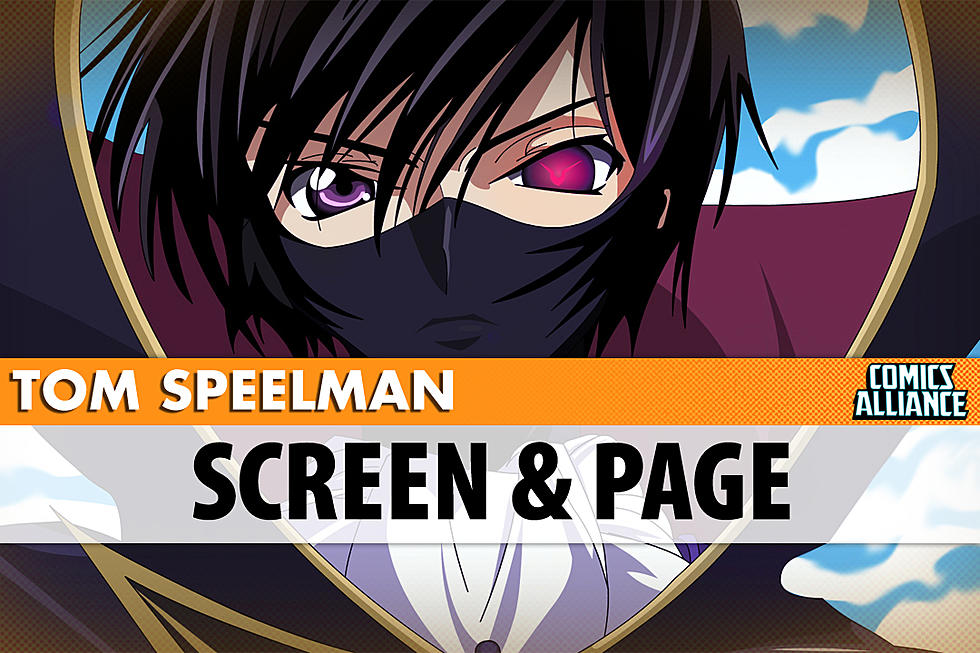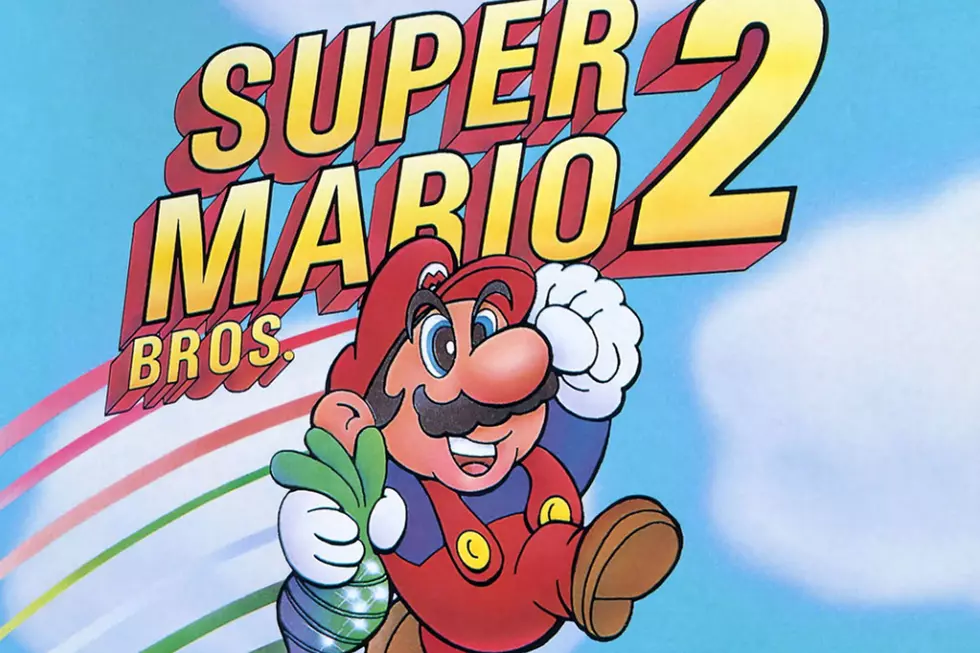
Screen & Page: Bridge The Worlds In ‘Legend of Zelda: A Link To The Past’
Most anime is adapted from manga, often produced by the manga publisher to raise awareness and sell it overseas. But what about the anime shows or film that go the other way, adapted from the screen to the page? How do those works hold up, and what changes or stays the same? That’s what Screen & Page aims to explore.
This weekend sees both the long-awaited debut of Nintendo's latest game console, Nintendo Switch, and the even longer-awaited release of The Legend of Zelda: Breath of the Wild. In a change from our usual focus on anime, we thought we would use this occasion to look at the media history of perhaps the greatest Zelda game, A Link To The Past!
THE GAME
A Link To The Past, directed by Takashi Tezuka and written by Kensuke Tanabe and Yoshiaki Koizumi, was released in 1991 in Japan and 1992 in the West. It was one of the first games ever made for the Super Nintendo Entertainment System, and led the way for many other games on that system, with its expansive color palette and graphical capability allowing a more fleshed out world than either previous Zelda game had to that point.
A prequel to the two previous games --- the original and The Adventure of Link --- Link to the Past opens with our hero awakening in the middle of the night after hearing a girl's voice call out to him.
The girl explains she's the Princess Zelda, and she has been kidnapped by the evil wizard Agahnim. As a descendant of one of the Seven Sages who sealed off the corrupted Dark World from the Light World in order to protect the legendary Triforce, she's the key for Agahnim to unlock the door between the worlds for the benefit of his master Ganon.
Storming the castle and rescuing Zelda, Link seeks out the elder Sahasrahla, who tells him he needs to obtain the three Pendants of Virtue in order to find the legendary Master Sword, the only weapon capable of defeating Agahnim. Link does so, but after he finds the sword, Zelda is kidnapped again. Link arrives back at the castle and defeats Agahnim, but is too late to prevent Zelda and himself from being sent to the Dark World.
Released on multiple systems --- including the Game Boy Advance in a two-pack with The Legend of Zelda: Four Swords, which is how I played it --- the game was fantastic. A top-down adventure game with improved combat and greater control than its predecessors, as well as dungeons and areas crawling with hidden treasures, and one of the greatest game scores of all time courtesy of Koji Kondo, this game was essential for die-hard Zelda fans, and anyone who just likes romping through a fantasy adventure.
THE MANGA
There are actually two manga based on this game, one a contemporary of it by one of the medium's masters, and another more recent adaptation. Both approaches are good in terms of how they approach the game and take liberties with the story for dramatic purposes, but there's a clear winner.
Published in 1992 by Nintendo Power to promote the game, the first A Link To The Past manga was written and drawn by none other than Shotaro Ishinomori, creator of Cyborg 009, and the entirety of the Kamen Rider and Super Sentai series, and the holder of the Guinness World Record for "Most Comics Published By One Author" with 770 books totaling 128,000 pages.
His version switches up the flow of events a little bit; Link gets his hangglider before the Master Sword, for instance --- but the story is essentially the same. Link also gets a rival in this version once he hits the Dark World: Roam.
Roam is a slight redesign of Cyborg 002 from 009, and a fierce knight who turns into a hawk during battle, and believes he's destined to beat Ganon with the enchanted Silver Arrow.
When meeting Zora (who's just one guy and not a race), Link also gets a fairy companion named Epheremelda, who serves as his guide and also crushes on him.
Although this was work-for-hire, Ishinomori brings his all. The recent restored release of this manga by VIz is huge, and for a good reason; there are a number of astonishing action poses and double-page spreads. Ishinomori excels at drawing both hapless comedy and epic monsters. By default, this is the most well-rounded and compelling Link and Zelda have ever been outside of the games. It's remarkable.
Of slightly less artistic caliber, but no less fun, is 2005's A Link To The Past manga, published in Monthly GFantasy magazine, and part of a series dating back to 1998 and Ocarina of Time by two female mangaka who go by the pen name Akira Himekawa. The duo are also behind an Astro Boy retelling, and a Japan-only My Little Pony: Friendship Is Magic manga.
With only four chapters, Himekawa abbreviates a good deal of the story, while fleshing out Link through a relationship with the original character Ghanti, a thief who teams up with him after her troupe is slaughtered by soldiers. Ghanti is a firecracker who is enormously entertaining, and it's a dang shame she hasn't appeared elsewhere in Zelda canon.
As for which one of the two is better, I have to give it to Ishinomori. His Link is as endearingly clumsy as Goku or Luffy, and his way of fleshing out the world both visually and textually is wonderful stuff. Check it out to see one of comics' finest talents take on one of Nintendo's best video games.
Legend of Zelda: A Link To The Past is available in many formats, including the Nintendo VIrtual Console. Both manga are available in print from Viz Media.
More From ComicsAlliance
![Screen & Page: Meet Heaven’s Worst Angels In ‘Panty & Stocking With Garterbelt'[Love & Sex Week]](http://townsquare.media/site/622/files/2017/02/ps.jpg?w=980&q=75)








